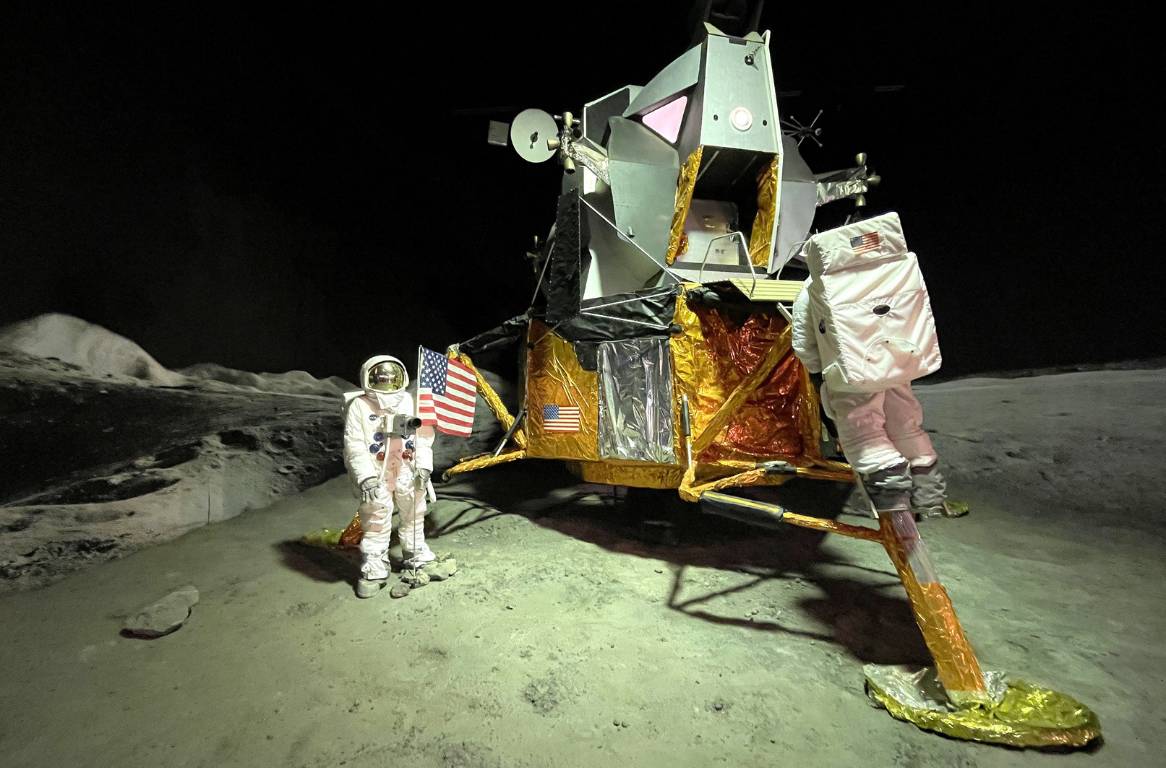Apollo 11: Canada's Role in the Moon Landing
Canadian engineers and scientists made crucial contributions to NASA's historic Apollo missions, including the development of landing gear components for the lunar module.

One Small Step on Canadian Legs
When Neil Armstrong took his historic first steps on the lunar surface on July 20, 1969, he did so on landing gear designed and built by Canadians. As Buzz Aldrin later noted during a visit to Ottawa in December 1969, "When the Eagle landed at Tranquility Base, it landed on Canadian legs."
The legs of the Apollo Lunar Module "Eagle" were designed and manufactured by Héroux Machine Parts Limited (now Héroux-Devtek) in Longueuil, Quebec. These critical components absorbed the shock of landing and provided the stable platform from which Armstrong and Aldrin explored the Moon and later launched back to lunar orbit. In a very real sense, Canadian technology was the first to touch the lunar surface.
But Canada's contributions to the Apollo program extended far beyond the landing gear. After the cancellation of the Avro Arrow jet program in 1959, dozens of Canadian aerospace engineers joined NASA, bringing their expertise to the American space program at a crucial time.
Owen Maynard from Sarnia, Ontario became one of NASA's top engineers and served as chief of the Systems Engineering Division for the Apollo spacecraft program. He was a principal architect of the lunar lander and played a critical role in mission planning and the design of both the command module and the lunar module.
James Chamberlin, from Kamloops, British Columbia, was an early advocate and key supporter of the "lunar orbital rendezvous" concept that became the mission plan for Apollo. This approach – having a command module orbit the Moon while a separate lander descended to the surface – was crucial to Apollo's success and helped overcome significant weight and fuel constraints.
Canadian scientist David Strangway provided critical expertise in lunar geology, training astronauts on which rocks to collect and communicating with the Apollo 11 crew from mission control in Houston. His scientific guidance ensured the lunar samples brought back to Earth would yield the maximum scientific value.
After the mission, Canadian flight surgeon Dr. William Carpentier was responsible for the health of Armstrong, Aldrin, and Michael Collins during their post-mission quarantine, ensuring they didn't bring back unknown lunar pathogens.
These Canadian contributions to Apollo 11 represent a powerful example of scientific and engineering collaboration between our nations. The lunar module legs built in Quebec remain on the Moon at the Tranquility Base landing site – a permanent Canadian presence on another world.
The Apollo program inspired generations of Canadian scientists and engineers, laying the groundwork for Canada's continued participation in space exploration through the Canadian Space Agency and international partnerships.
This historic collaboration demonstrates how the combined talents of Americans and Canadians have pushed the boundaries of human achievement, reaching beyond our world to touch the stars.